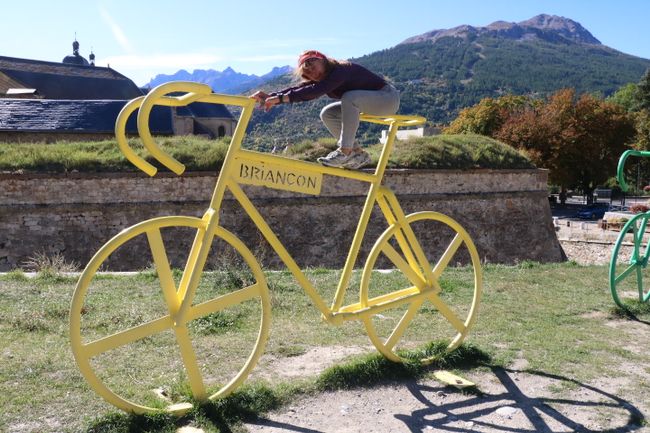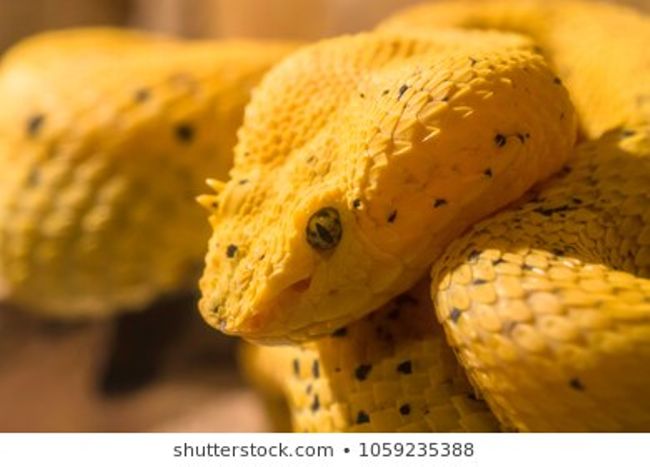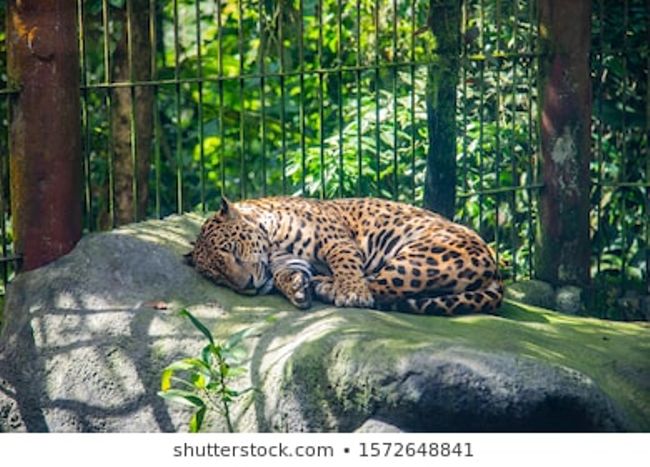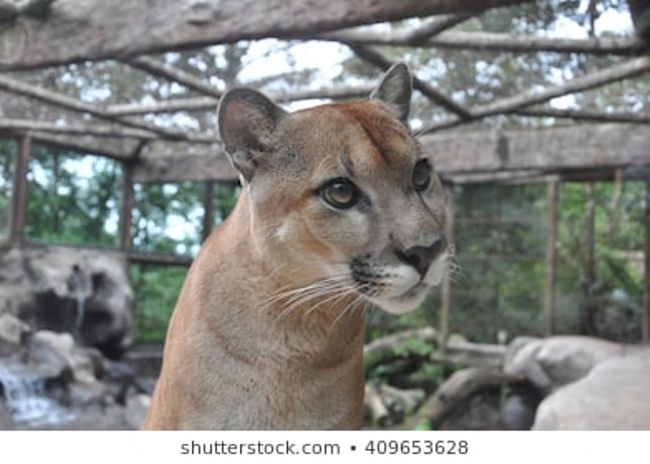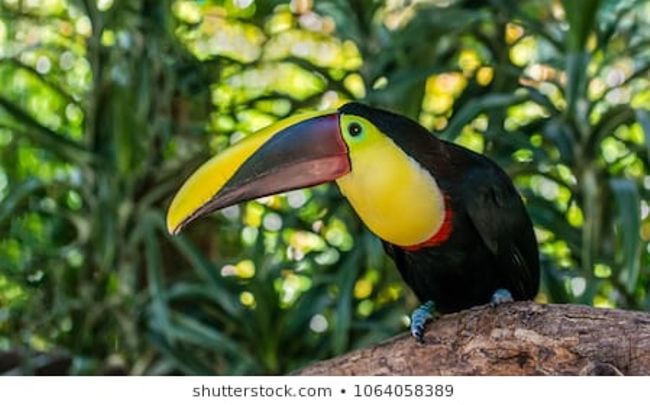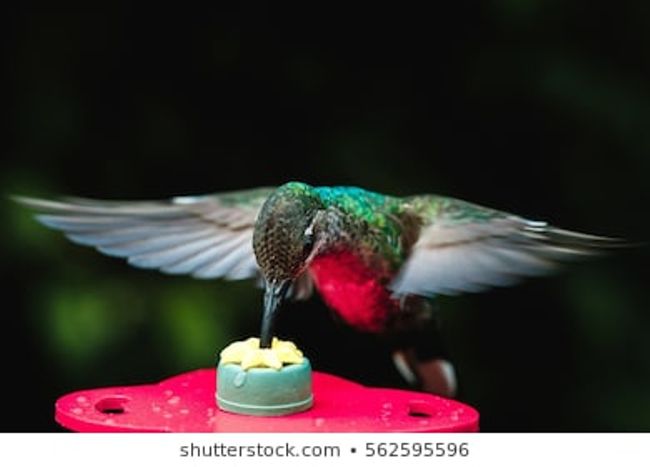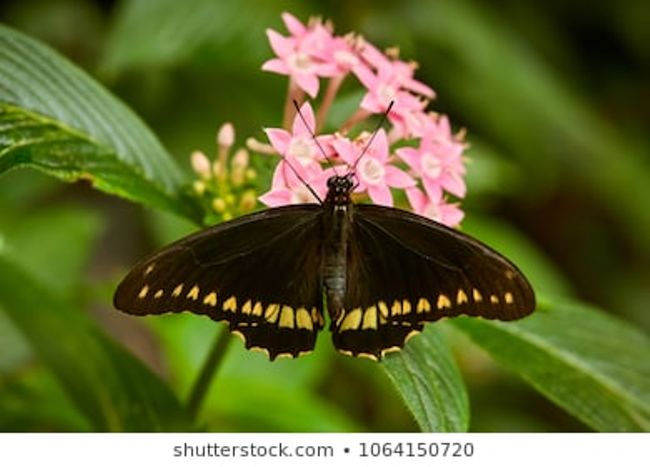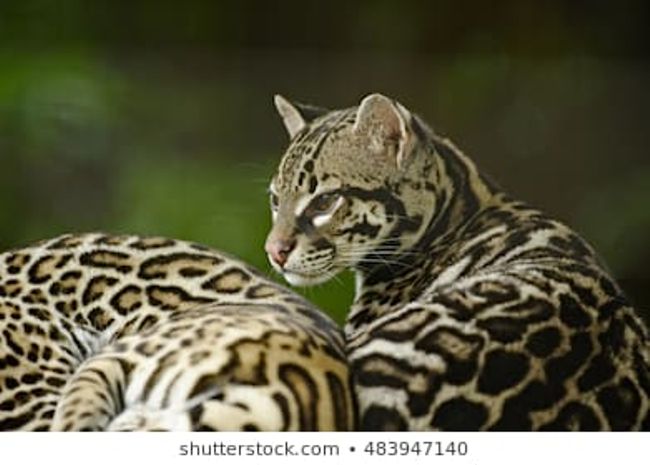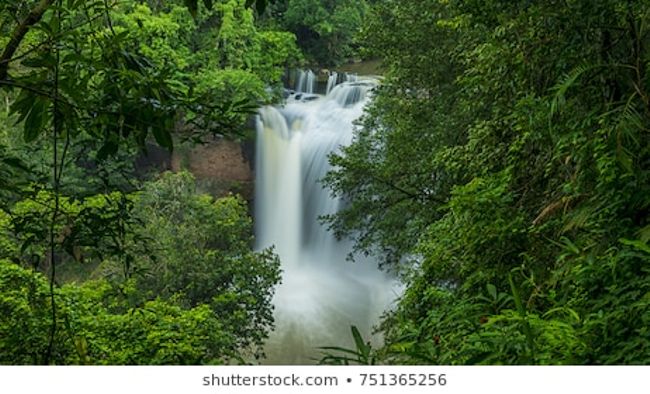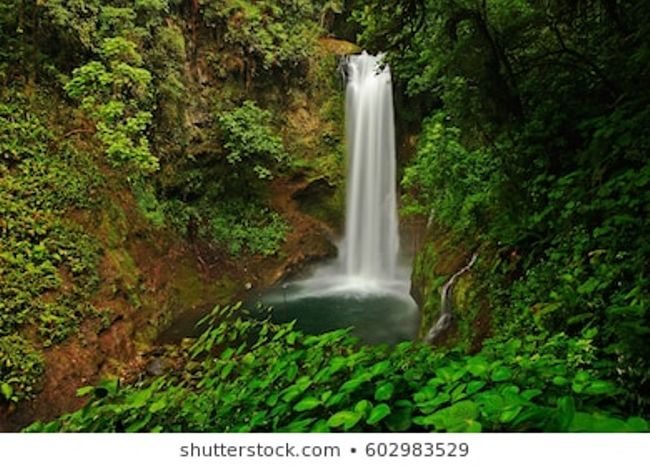23.12.2019 Trip to La Paz Waterfall - own photos will follow (cell phone defective)
Published: 24.12.2019
Subscribe to Newsletter
In the morning I walk to the National Park and take a few laps. This is already a little altitude training, because San José is located at an altitude of 1,161 meters.
The park is really beautiful and well maintained. Many also use it as a shortcut on their way to work.
Then we have breakfast and at 10 o'clock I am picked up for the tour to the La Paz Waterfalls. Esteban, our bike tour guide, recommended this organization to me. I can't remember ever having such a good tour. Olman, the driver, has lived in Switzerland and the Netherlands. Adonis, the guide, grew up in Miami and came here at the age of 12. Hence his perfect English. We introduce ourselves to each other. Pauline and Adrienne from Belgium, Hazel and Thomas from San Francisco, and me. We are bombarded with highly interesting information. I certainly couldn't store everything in my small brain hard drive. So let's brainstorm:
The highest mountain in Costa Rica is 3,820 meters high. However, it never snows here because the winds from the Pacific and the Caribbean prevent snow from forming. Sometimes ice forms and the Ticos think it's snow. A mistake, but they don't know snow.
The minimum wage here is $530 per month, the highest in South America. In Nicaragua, this wage is $120, in Venezuela $20. That's why 1 million of Costa Rica's 5 million inhabitants come from Nicaragua. They earn much better here. Income tax must be paid from an income of $15,000 per year, at a rate of 10%. Costa Rica is very small and is the same size as West Virginia (about 51,000 square kilometers). Costa Rica is ranked 3rd or 4th in terms of per capita gross national product, after Chile, Uruguay and Panama. Tourism also plays a major role in Costa Rica, although it is recognized that high prices can be deterrent. The expenses here are sometimes higher than in some states in the USA.
A visit to a coffee farm is not planned. Also very informative. It's a Doka coffee farm. This coffee is not sold in Costa Rica, but is exclusively destined for export. Often for Starbucks. The coffee is already sold for the next two years. We visit the coffee plantation. Costa Rica is a leader in coffee not in terms of quantity, but according to Adonis in terms of quality. The conditions here are ideal. Best volcanic soil, coffee growing areas at higher altitudes (in Brazil on flat land, so the quality cannot be good), multiple, selective manual harvesting (in other countries often mechanical harvesting, where immature and rotten coffee berries are also picked). The raw coffee beans act as a laxative. Fruit trees also grow in the coffee fields. These are intended to attract insects and birds so that they do not eat the coffee cherries. They also provide shade, absorb water (e.g. banana plants), and enrich the soil with potassium. Normally, coffee bushes grow very tall, but they are kept small. The bushes are kept for 30 years because the quality of the cherries deteriorates after that. The wood is used as firewood and for carving souvenirs. We also see a eucalyptus tree with colorful bark. This tree is not native to here, but is native to the Philippines.
There are different strengths of coffee. The longer it is roasted, the stronger it is. The maximum roasting time is 20 minutes.
We get a small taste of coffee. You could also buy coffee here. But there are also coffee beans with chocolate coating in various flavors. That's what I decide on.
We learn that decaffeinated coffee can often be carcinogenic. In many countries, caffeine is removed using acetone. This is carcinogenic. However, a method is used in Germany which is not harmful to health. Doka therefore sends coffee to Germany to have it decaffeinated and then reimports it. This procedure is based on evaporation.
From up here in the mountains, you can see the Valle Centrale, where 63% of the population lives and the 4 largest cities are located. Costa Rica consists of seven provinces.
We pass Starbucks' only coffee plantation in Costa Rica. Then the many black tarps catch our eye. These are greenhouses where ferns are grown for export. They are used to decorate flower bouquets.
There are also greenhouses for flowers.
Then we see some hedges. A cypress hedge serves as a visual and wind barrier. The wood is very popular as a building material, for furniture, and for carving.
Then we see a bamboo hedge. Bamboo grows very fast and has been or is processed into weapons, pipelines (aqueducts), building materials, massage sticks, and fabric. You can also eat bamboo -> bamboo shoots.
We also see beautiful hydrangeas again and again. Adonis explains that their color depends on the type of soil and its pH value.
Then we come to La Paz Waterfall Gardens & the Peace Lodge, which opens its garden and refuge to day visitors as well. A room here costs around $600 per night. It is often booked for the wedding night. Adonis explains that there are no zoos in Costa Rica. They have all been closed. There are only refuges. These are rescue centers for animals that were kept as pets and were no longer wanted. These animals could not survive in the wild, they do not know how to hunt and find food.
The toilets here are something special. The faucet is in the shape of a stone and the spout looks like a small waterfall.
We start with the birds. There are some birds of prey that would eat other birds. That's why they are in separate cages and are fed raw meat. In a separate building are toucans, which are very trusting because they have grown up with humans. The long beak is highly vascularized and serves to regulate temperature. One would think that the beak is very heavy. But this is a mistake.
Flash photography is prohibited, as it would be like 2-3 hours of sunlight per flash.
Then we go to the butterfly house. At the entrance, a few preserved insects are on display. Adonis explains the reproductive method of wild wasps to us. They sting tarantulas and lay eggs inside them. When the wasps hatch, they eat the tarantula from the inside.
In the butterfly house, butterflies flutter around, but you can also find plants with butterfly eggs on their leaves, which then mutate into flightless caterpillars, and finally grow in so-called pupae in a firm shell from which the butterflies hatch. Many pupae are arranged on a stand. If you're lucky, you can see a butterfly hatching.
Next, we admire the white-headed capuchin monkeys. Monkeys have only 4 toes, the big toe is missing. The tail of these monkeys is so strong that it can support the entire body weight of the monkey. The monkeys also hold on with their tails.
We visit the hummingbirds before we stop for lunch. These are the smallest birds. Their tongue is twice as long as their beak, their wings do not flap up and down, but form a figure eight during flight. This little bird can fly up to 70 km/h and can move in all directions, including backwards. It makes 60-90 wing beats per second, normally. During the mating season, it increases the speed of the wing beats considerably.
The food is a buffet and you can have as many servings as you like. Lots of choices and very delicious.
With a full stomach, we enter the snake house with about 30 snakes. Only a fraction of these snakes are venomous. However, they often transmit bacteria that can cause diseases in humans. Adonis explains the difference between "venemous" and "toxic". "Venomous" is used when poison is absorbed through a sting or bite. "Toxic" is poison that is transmitted through contact. There are two antivenoms in Costa Rica. One for coral snakes and a poisonous Pacific sea snake, and another for all other snakes. Snakes do not always inject venom when they bite. It takes 2-3 weeks for a snake to produce venom again after a venomous bite. They need the venom to kill prey. So they have to think about when to use venom. You should be in the hospital no later than four hours after a bite. Over 100 people are bitten by venomous snakes in Costa Rica every year, 8-10 of them die. Mostly because they do not reach a hospital in time.
The last animals we see are big cats. Ocelots are small wild cats that are often eaten by jaguars. That's why they have two white spots behind their ears that look like eyes. Jaguars then think that the ocelots are looking at them and hopefully do not attack. We see pumas. Males and females are separated because breeding in captivity is not desired. The jaguars are impressive. If you encounter such an animal in the wild, you can only do two things. Stand tall, be loud, and hope nothing happens. Running away doesn't help, as jaguars can run fast. Escaping into the water makes no sense, as jaguars can swim very well, and climbing trees is superfluous, as jaguars are much better at it.
Now comes another highlight: five waterfalls. First the Templo waterfall, then many stairs to the 37-meter-high Magia Blanca waterfall. Here, Adonis does a little experiment with us. Optical illusion. We are supposed to look at the middle of the waterfall without blinking. Adonis counts slowly to 12. Then we should look to the right at the green shrubs and trees. They move as if being blown by a strong wind after looking at the waterfall. Really mind-boggling.
Then we walk down many more steps to see the Encantada, Escondida, and La Paz waterfalls.
Adonis explains the difference between a secondary forest, where we are, and the primary forest on the opposite side of the waterfalls. Primary forest is untouched by humans and natural disasters such as earthquakes, hurricanes, and volcanic eruptions.
Now our beautiful tour is over, we drive back to San Jose and are taken to our hotels.
Subscribe to Newsletter
Answer

